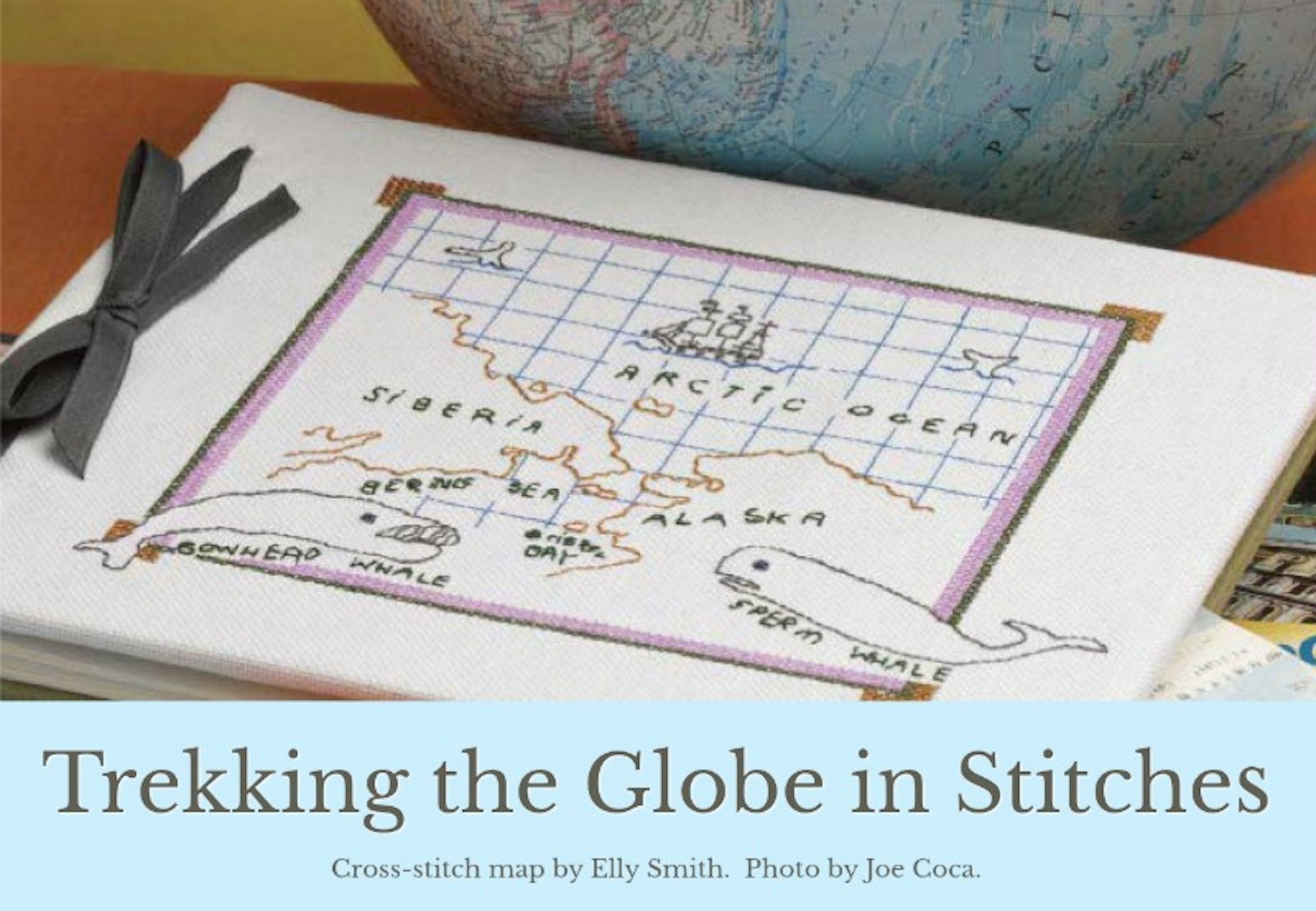The sixth stop on our tour of needlework from the seven continents is Australia. InPieceWork’s September/October 2010 issue, our global adventure takes a literary turn. Mary Polityka Bush introduces us to The Ladies of Missalonghi (New York: Harper & Row, 1987) by Australian novelist Colleen McCullough, author of The Thorn Birds. Mary fills us in on the novel’s needlework connection.
Handkerchiefs (clockwise from upper right): hemstitched; crocheted edging; tatted edging (pink); tatted edging (green); drawn thread, pulled thread, and hemstitched; hemstitched. Each features needlework typical of that done by the characters in The Ladies of Missalonghi by Colleen McCullough (New York: Harper & Row, 1987). Photos by Joe Coca.
- Set in the Blue Mountains near Sydney, The Ladies of Missalonghiis the tale of Missy Wright, her widowed mother, Drusilla, and her crippled maiden aunt, Octavia Hurlingford, who share a small house named Missalonghi after the location in Greece where the English poet Lord Byron died from fever in 1824.
- Even though the Hurlingford clan has considerable wealth, the men control the money, leaving the three women in straitened circumstances. In pre–World War I Australia, it was difficult for any woman to earn her own living by holding a job or owning a business unless it was under the aegis of a man. Thanks to a garden, some poultry, and a few other domestic animals, the women have sufficient food, and thanks to their needlework, they proudly remain as self-sufficient as possible.
- Spurred on, perhaps by a sampler stitched by Missy that admonishes, “The devil makes work for idle hands,” the ladies of Missalonghi “ . . . knitted and tatted and crocheted and sewed endlessly, grateful for the gifts of wool and threads and linens that came their way each Christmas and birthday, giving back some of the end results as their gifts in their turn, and stockpiling a great deal more in the spare room.”
- Every afternoon finds them assembled in the second-best parlor, where they occupy themselves with needlework from two until four: “Mrs. Drusilla Wright . . . hemstitching pulled threads around the border of a linen cloth with microscopically fine, meticulous skill, and Miss Octavia Hurlingford . . . occupied with a crochet hook, the work dangling from it as exquisitely done as the hemstitching.” Missy was “ . . . producing lace from a tatting shuttle and a ball of ecru thread, her fingers moving with the complete efficiency of a task known so well it was sightless, mindless.”
Linen doily with crocheted edging, embroidered and hemstitched tea towel, crocheted doily. Each features needlework typical of that done by the characters in The Ladies of Missalonghi by Colleen McCullough (New York: Harper & Row, 1987).
Read more about needlework’s role in The Ladies of Missalonghi and other famous literary works in the September/October 2010 issue of PieceWork. Or make Mary Polityka Bush’s companion project, “A Tray Cloth to Hemstitch,” and add an air of vintage charm to your serving tray.
Mary Polityka Bush’s hemstitched tray cloth edged with vintage tatted lace.
If you’re just joining us on our journey, catch-up by reading about the amazing needlework of Antarctica, Asia, Europe, North America, and South America. Safe travels!
—Elizabeth




